Is your organic lipstick really all that organic? Keep reading to find out what you need to know before you hand over your credit card.
I’ve never been a big lipstick girl because I’ve always thought that my natural lip color was just fine, thankyouverymuch. But lately, I’ve looked in the mirror after finishing my makeup and felt like something was missing…
My lips! I couldn’t find my lips! They blended into the rest of my face because I wasn’t wearing any lip color.
So I went searching online for a good organic lipstick, but I soon realized that finding one isn’t as simple as I thought it would be.
There are a lot of terms thrown around when it comes to skincare and makeup, things like organic, natural, clean, and non toxic. But if you don’t know what they mean, it’s easy to be misled by sneaky marketing.
In this blog post, I’m sharing what I learned about organic lipstick so you can be a more informed shopper, too.
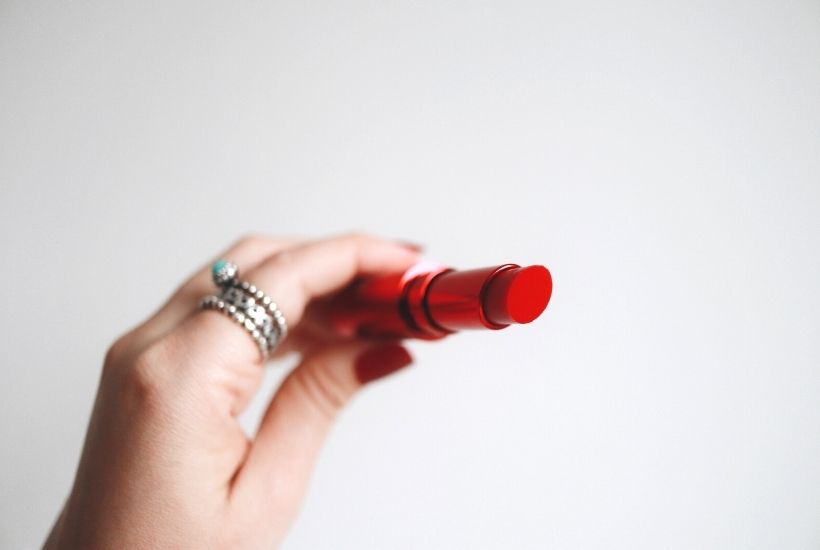
**This post contains affiliate links. If you click and make a purchase, I may receive a small commission (at no additional cost to you). Read my affiliate disclosure for more info.**
Can Cosmetics Be Organic?
If you’re wondering if cosmetics can be organic, the short answer to that question is yes. The long answer is a bit more complicated and has to do with the differences between how food and personal care products are made.
Organic cosmetics certifications allow for certain “green” chemistry manufacturing and non-organic ingredients that aren’t allowed in organic food production but are necessary for effective personal care products.
Let’s take a look at the USDA, FDA, and private and foreign certification standards.
USDA Organic
The U.S. Department of Agriculture (USDA) regulates organic agricultural products through its National Organic Program (NOP). It does not define or regulate the term “organic” as it relates to cosmetics and personal care products.
However, a cosmetic or personal care product may be eligible to be certified USDA organic if it is made up of agricultural ingredients and meets the USDA NOP’s organic standards for production, handling, processing, and labeling. If a cosmetic or personal care product is labeled organic, it must meet both the USDA’s and FDA’s regulations.
But the USDA’s organic regulations, which were designed for food, often don’t apply to personal care products because they’re not directly comparable. I’ve seen the USDA Organic seal on some skincare products, but I haven’t seen it on any makeup.
If cosmetics and personal care products are certified to other private or foreign standards, the USDA allows them to be sold and marketed as organic in the United States. However, the USDA’s NOP does not regulate those labels.
FDA
The Food and Drug Administration (FDA) regulates the labeling and safety requirements of cosmetics and personal care products in the United States. The FDA does not define or regulate the term organic (the USDA does).
Color additives are the only ingredients the FDA requires to have approval before products are sold to consumers. For the remaining ingredients, it’s up to the companies that manufacture the products to ensure their safety. The FDA may take regulatory action if cosmetics are in violation of the law.
In other words, cosmetics are FDA-regulated, not FDA-approved. There are no FDA-approved makeup brands, nor is there an FDA-approved cosmetics list. There are only FDA-approved color additives.
Organic Cosmetics Certifications
An organic cosmetic product is certified to third-party organic standards as a whole product. The benefit of organic certifications is that there’s an independent organization looking at a company’s products and verifying its safety and ingredient claims.
Other makeup may contain organic ingredients, but are not certified products. Just because some ingredients are organic doesn’t mean that the remaining ingredients are safe, too. (But I’m not saying that they’re not safe; it’s just harder to know without third-party certification. I also don’t believe that all synthetic ingredients are bad, but that’s a topic for another day.)
Below are a few organic certifications for cosmetics you can look for when buying makeup. Personally, I believe that the COSMOS Organic Standard is the best certification.
1. COSMOS-Standard
The COSMOS-Standard is the leading international certification for organic and natural products. There are two COSMOS certifications: COSMOS Organic and COSMOS Natural.
The COSMOS Standard was founded and is managed by five European organizations: BDIH (Germany), Cosmebio (France), Ecocert (France), ICEA (Italy), and the Soil Association (UK). Its purpose is to standardize various certifications and labels to create one international standard.
You’ll see different COSMOS logos depending on which certifying body certified the product, and whether the product is organic or natural. Some examples are below.



2. NSF/ANSI 305
NSF/ANSI 305 is an organic certification process for cosmetics and personal care products that are applied externally to the body and contain at least 70 percent certified organic ingredients. It’s similar in structure, style, and intent to the USDA’s NOP.
NSF/ANSI 305 was developed by a joint committee led by NSF International, and is certified by Quality Assurance International (QAI). This standard is not as widely used as the COSMOS-Standard.
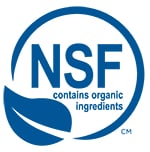
3. Controllo e Certificazione Prodotti Biologici (CCPB)
Controllo e Certificazione Prodotti Biologici (CCPB) is an Italian certification body that has its own certification for organic and natural products. CCPB also certifies products to the NATRUE Standard.
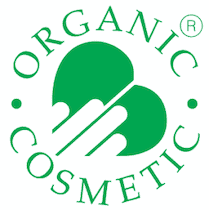
4. NATRUE Standard
The NATRUE Standard is an international certification for organic and natural cosmetics.
The NATRUE Standard isn’t as widely used as the COSMOS Standard. I’m also not sure that it can really be called a third-party or independent certification when its founding members are also cosmetics and personal care brands. If these brands create the standards to which their products are certified, then it’s not a third-party certification.
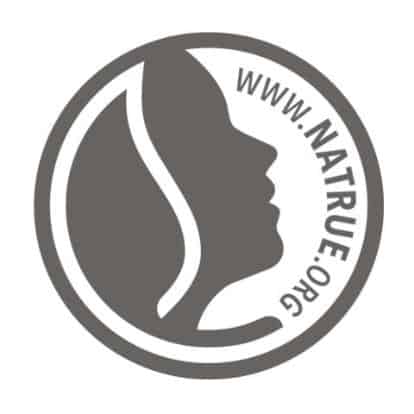
Lipstick Ingredients
Let’s take a look at some of the ingredients in both conventional and organic lipsticks that you should know about.
Lipstick Color Additives
Dyes and Lakes
Dyes and lakes are artificial colorants and are not allowed in certified organic lipsticks. Dyes and lakes show up on ingredient labels as FD&C, D&C, or Lakes (D&C Red 6, Red Lake 7, etc.).
If you see those ingredients listed on a makeup label, the product is not certified organic. Some makeup marketed as non toxic, clean, or even natural may contain those artificial dyes and lakes.
Pros: FD&C dyes provide vibrant colors, like your favorite red lip, that are hard to achieve with mineral pigments. Lakes are also bright in color and they do not bleed, which is why they’re used in lipstick.
Cons: These artificial color additives are derived primarily from petroleum and coal-tar. They may also be contaminated with heavy metals. In addition, health studies that looked at these artificial dyes in food have linked them to hyperactivity, behavioral changes, hives and asthma, and tumor growth.
Minerals
Minerals used as color additives in cosmetics include iron oxides, titanium dioxide, zinc oxide, mica, and manganese violet. (Ultramarines are another kind of mineral pigments, but the FDA prohibits their use in lipstick.)
The FDA requires the use of synthetic iron oxides in cosmetics and personal care products, and prohibits the use of it in its raw mineral state. This is a case where natural isn’t safer than synthetic.
In their natural state, iron oxides and other minerals are contaminated with heavy metals, which cause serious health problems. It’s easier to control the amount of heavy metals in lab-produced iron oxides, although there still may still be a risk of contamination because the creation of synthetic iron oxides starts with the real thing.
Synthetic iron oxides, along with other mineral pigments, are considered to be “ingredients of mineral origin” or “nature-identical substances” and are approved for use in organic cosmetics certifications.
Pros: Minerals produce beautiful, earthy colors.
Cons: Minerals may be contaminated with heavy metals like lead that cause severe health problems. They also do not provide the bright colors that synthetic colors do. If not sourced ethically, mica may be mined using child labor.
Carmine
Carmine is a deep-red dye that comes from a crushed-up insect called cochineal. Yes, it’s natural!
Pros: Provides a red color that cannot be obtained from other natural sources.
Cons: It’s not vegan because it’s made from a bug.
Botanicals
Botanicals are colors that come from plants, like beet root powder.
Pros: Botanicals are natural colorants.
Cons: They may not work well because they bleed easily. Only a few botanicals are approved for use as color additives in cosmetics.
What Are Bad Ingredients In Lipsticks?
Lead and Other Heavy Metals
Yes, there may be lead and other heavy metals in your cosmetics, even your organic lipstick! Organic lipsticks use mineral-derived pigments for the pretty colors, and heavy metals occur naturally in minerals.
The FDA set the following “safe” limits for arsenic, lead, and mercury in color additives used in cosmetics:
- Arsenic: Not more than 3 ppm
- Lead: Not more than 20 ppm (not more than 10 ppm in lip products)
- Mercury: Not more than 1 ppm
However, the World Health Organization (WHO) states there is “no level of exposure to lead that is known to be without harmful effects.”
Other Bad Ingredients
Besides heavy metals and artificial dyes, other lipstick ingredients to avoid include:
- parabens
- synthetic fragrance/parfum
- petroleum and other petrochemicals
- butylated compounds like butylated hydroxyanisole (BHA) and butylated hydroxytoluene (BHT)
- formaldehyde and formaldehyde-releasing preservatives.
How To Reduce Your Toxic Load
According to the FDA, the key factor that determines the safety of a substance in the diet is the “relation of its probable human intake to the level at which adverse effects are observed in toxicological studies.” In other words, the dose makes the poison.
You can also take this food safety concept and apply it to lipsticks since the exposure to harmful ingredients, like lead for example, occurs from licking your lips and then swallowing. While one application of lipstick may be fine, what happens when you apply lipstick multiple times a day for years, as many women do?
It’s called bioaccumulation, and it’s a real health concern. Bioaccumulation is the buildup of a toxic substance over time in a living thing. The buildup happens when the living thing (human, fish, etc.) is unable to eliminate the toxic substances as quickly as they build up, resulting in adverse health effects.
According to the Environmental Working Group, women use on average 12 personal care products each day, exposing them to 168 chemical ingredients. That’s why we need to be selective about what we put on and in our bodies.
If you’re concerned about bioaccumulation, here are some things you can do to reduce your toxic load.
1. Avoid processed foods with artificial colors.
Artificial colors show up in foods that we really shouldn’t be eating anyway, like candy and processed foods. Focus on eating whole foods to reduce your toxic load.
2. Reduce how much you wear lipstick.
One way to reduce the amount of potential toxins that enter your body is not to wear lipstick and other makeup every day. You can also reduce how many times you apply it throughout the day. If you’re really concerned that lipstick is bad for you, the safest thing you can do is not wear it.
3. Reduce how many products you use.
Try a minimal approach to your skincare and makeup products and reduce the amount of products you use overall. Fewer products equal fewer harmful ingredients.
4. Don’t let children play with lipstick.
Lead is particularly harmful to children, so it’s safest not to let them wear it.
Where To Buy Organic Lipstick
You can purchase organic lipstick from specific brands’ company websites or from clean beauty retailers that stock products from multiple brands.
Some great online shops are Safe & Chic, the Detox Market, Aillea, Follain, and Credo Beauty. The Detox Market, Aillea, Follain, and Credo Beauty all have brick-and-mortar stores, too. Check their websites for the locations.
You can also find some certified organic lipsticks or lipsticks made with organic ingredients at Sephora, Ulta, Target, Whole Foods, and Nordstrom.
There are organic lipsticks available on Amazon, but I’m always hesitant to buy skincare and makeup on Amazon. If you do, make sure a reputable company is selling it, like the lipstick brand or an authorized reseller. Sometimes the prices are higher on Amazon than you’ll find elsewhere, too.
Certified Organic Lipstick Brands
Okay, so we’ve gone through all this info about organic lipsticks, and I bet you want to know which brand of lipstick are to buy, right?! Not only do the lipsticks need to be safe, but they need to work, too. These three brands are well-rated in addition to being certified organic.
1. Nūdus
Nūdus lipsticks are certified organic by Australian Certified Organic (ACO) according to the COSMOS-Standard. Nūdus lipsticks are handcrafted in small batches in Sydney, Australia.
2. Zuii Organic

Zuii Organic’s lipsticks are certified organic by BDIH according to the COSMOS-Standard. They’re based in Australia but offer free shipping to the U.S., and internationally.
3. Kjaer Weis
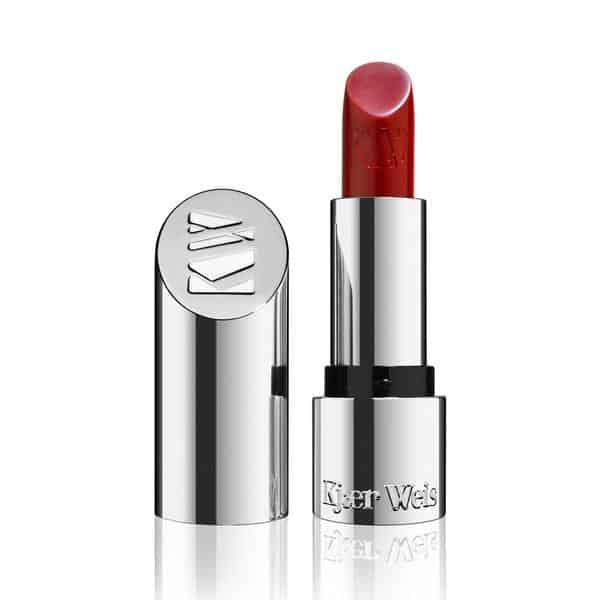
Kjaer Weis products are made in Italy, and *most* are certified organic by the Controllo e Certificazione Prodotti Biologici (CCPB). There are a few lipstick colors that are not organic because they use artificial dyes. Kjaer Weis is pricey, but they offer refills that are a bit more friendly on your wallet and the environment.
Final Thoughts on Organic Lipstick
If you want an organic lipstick, look for products with third-party certifications. Just know that there still may be trace amounts of heavy metals in them.
This post was about how to tell if your organic lipstick is really organic.
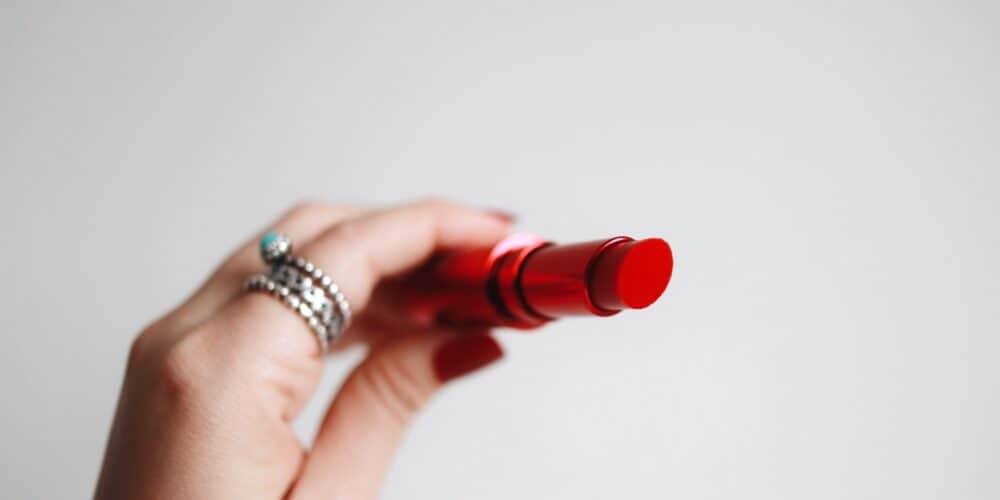
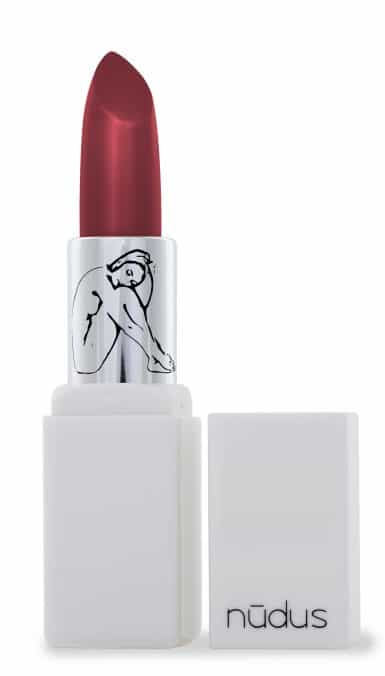
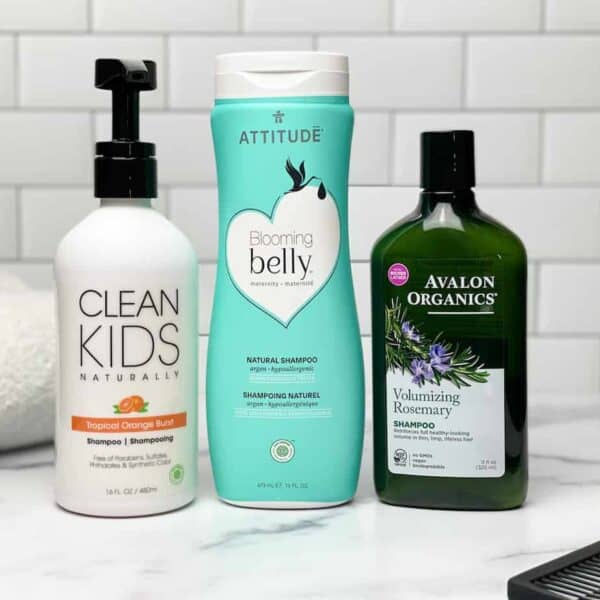
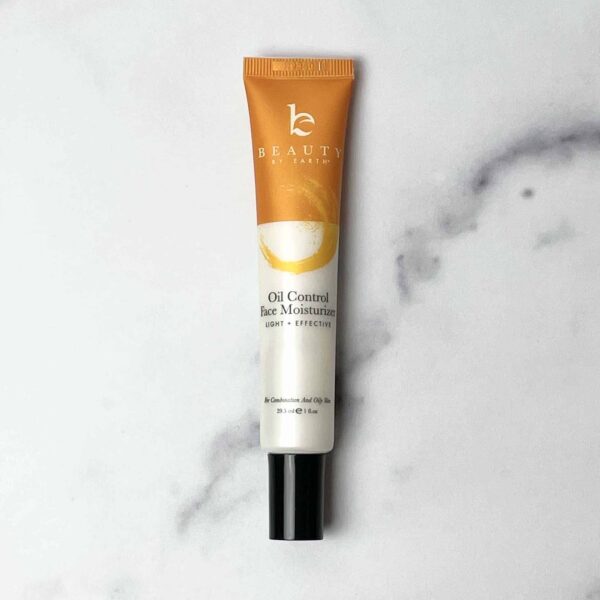
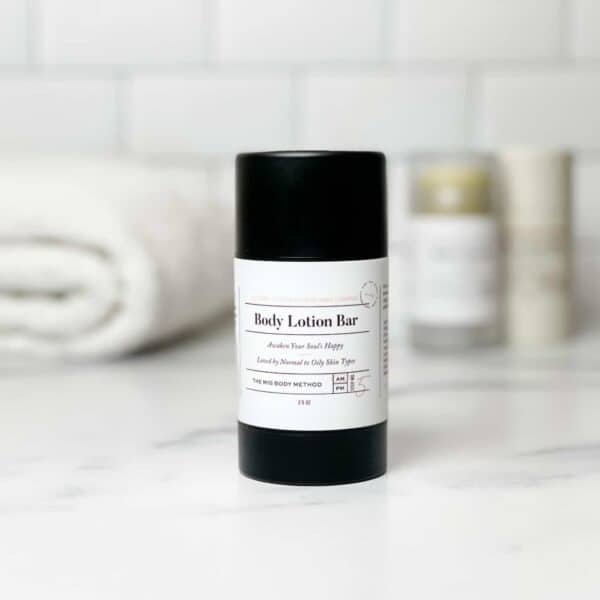
Leave a Reply